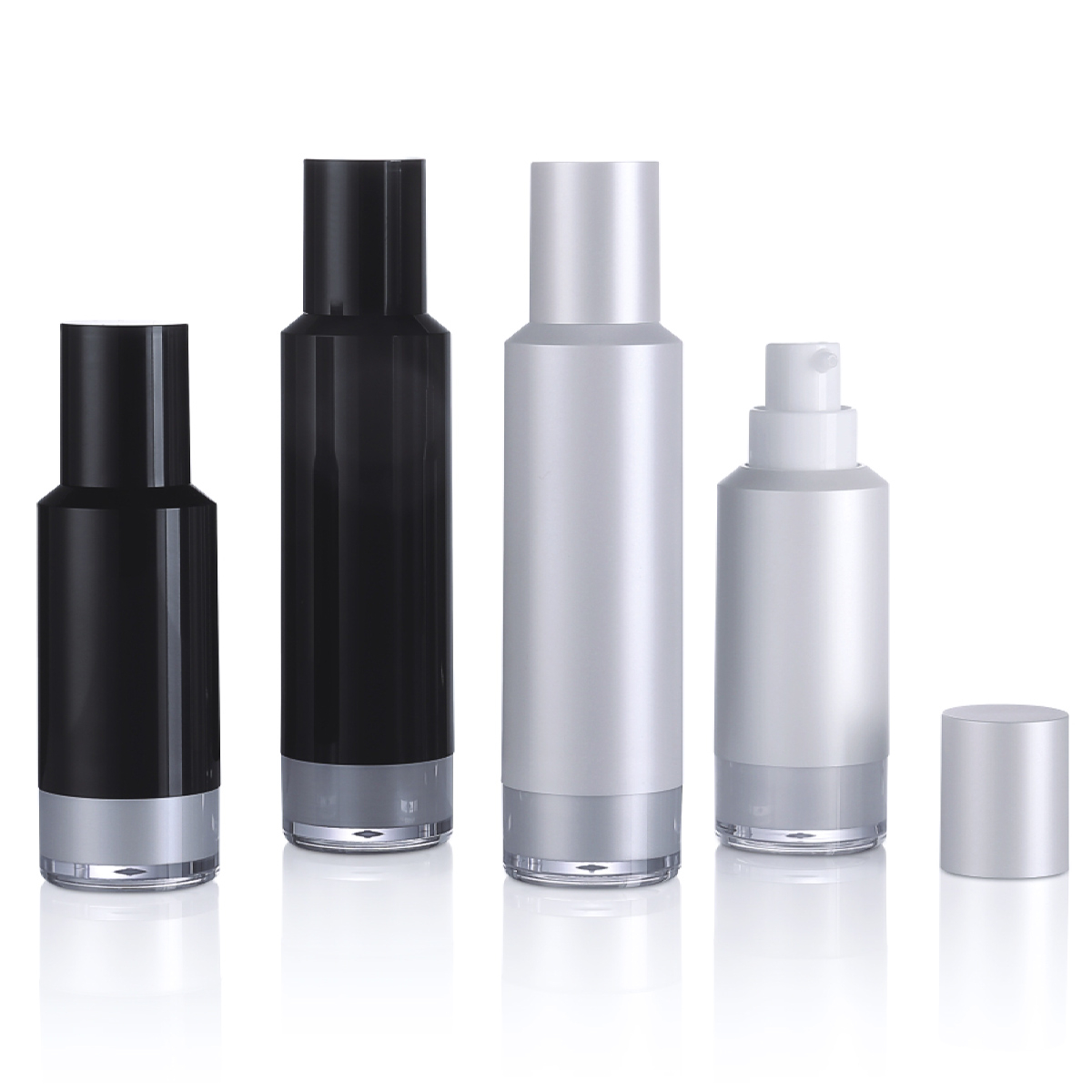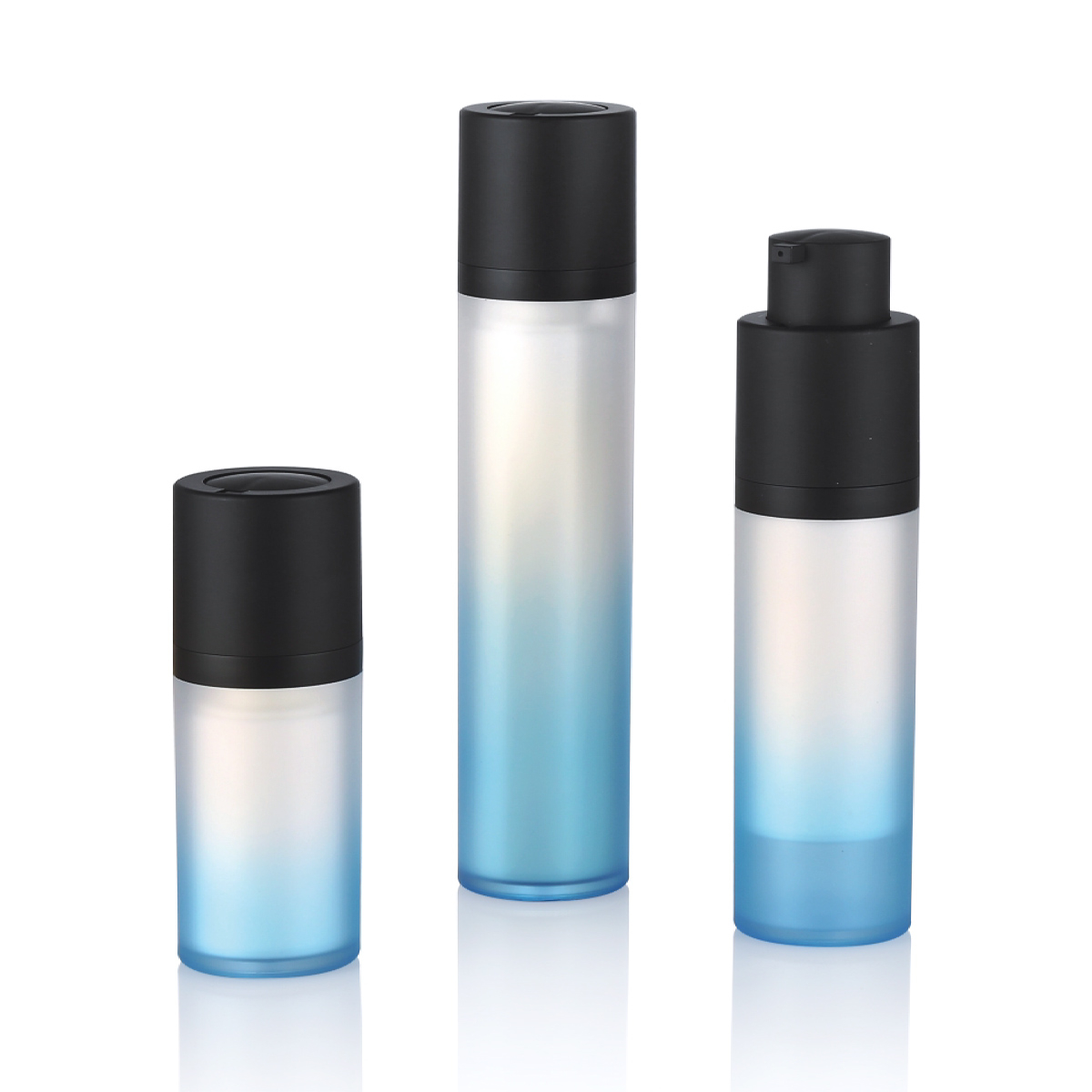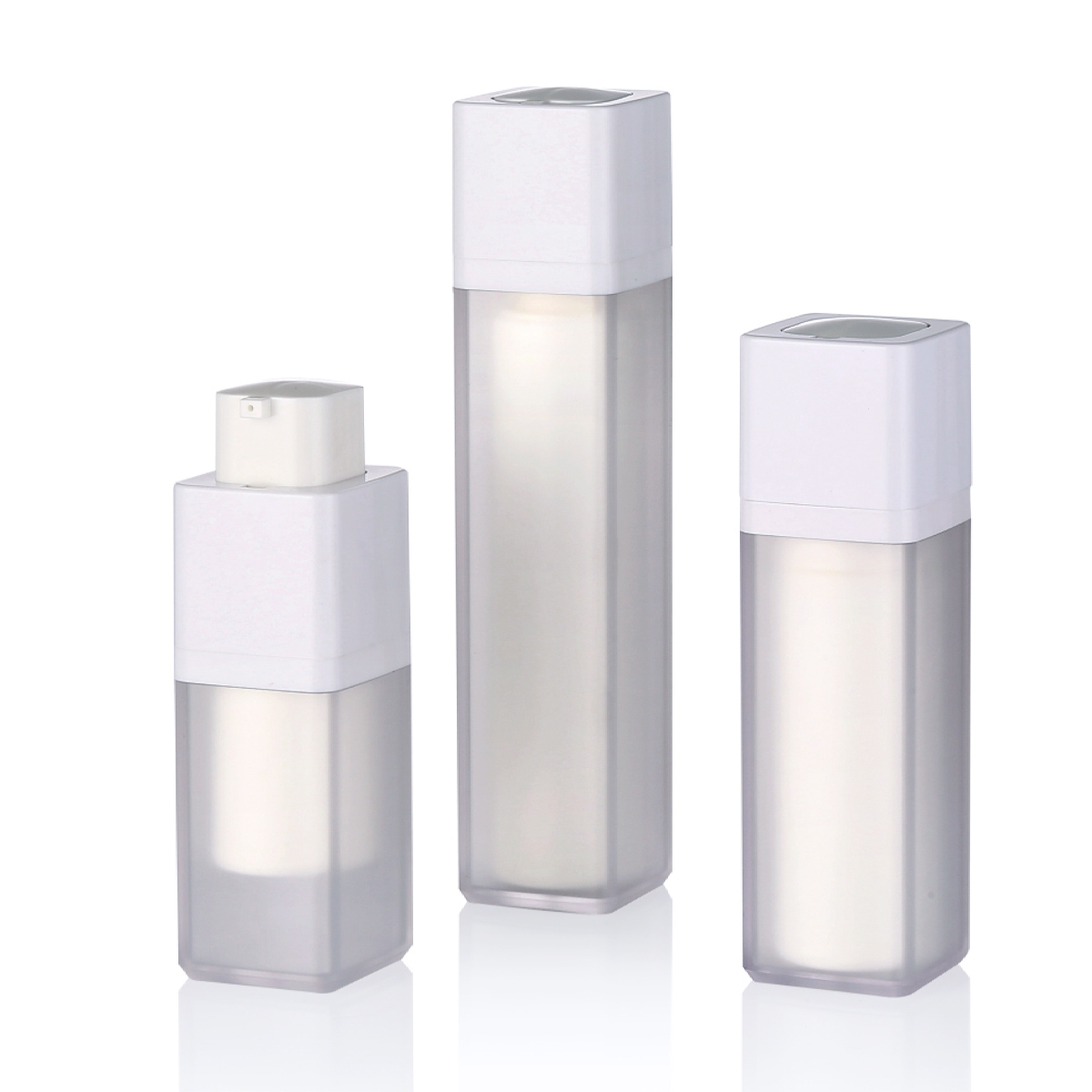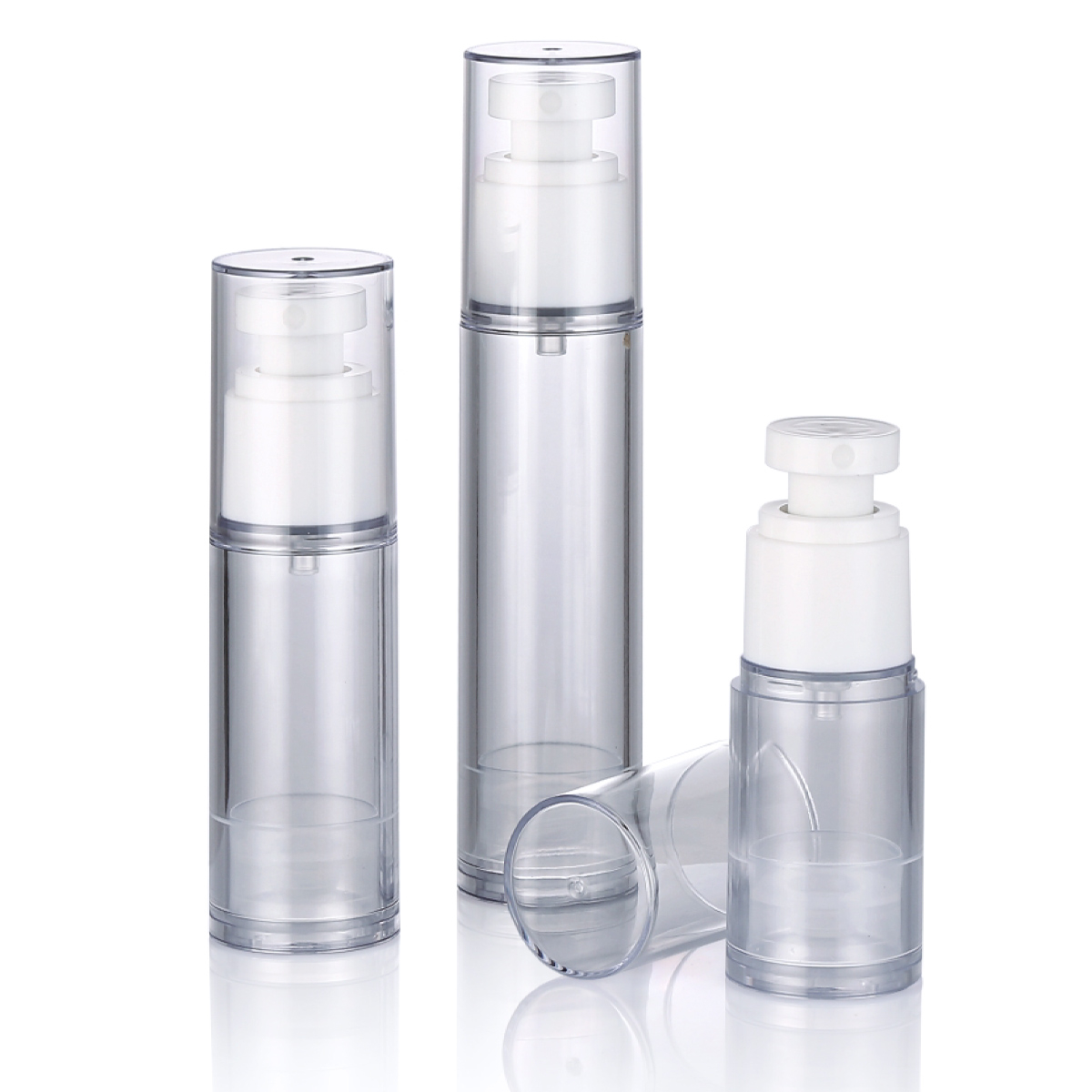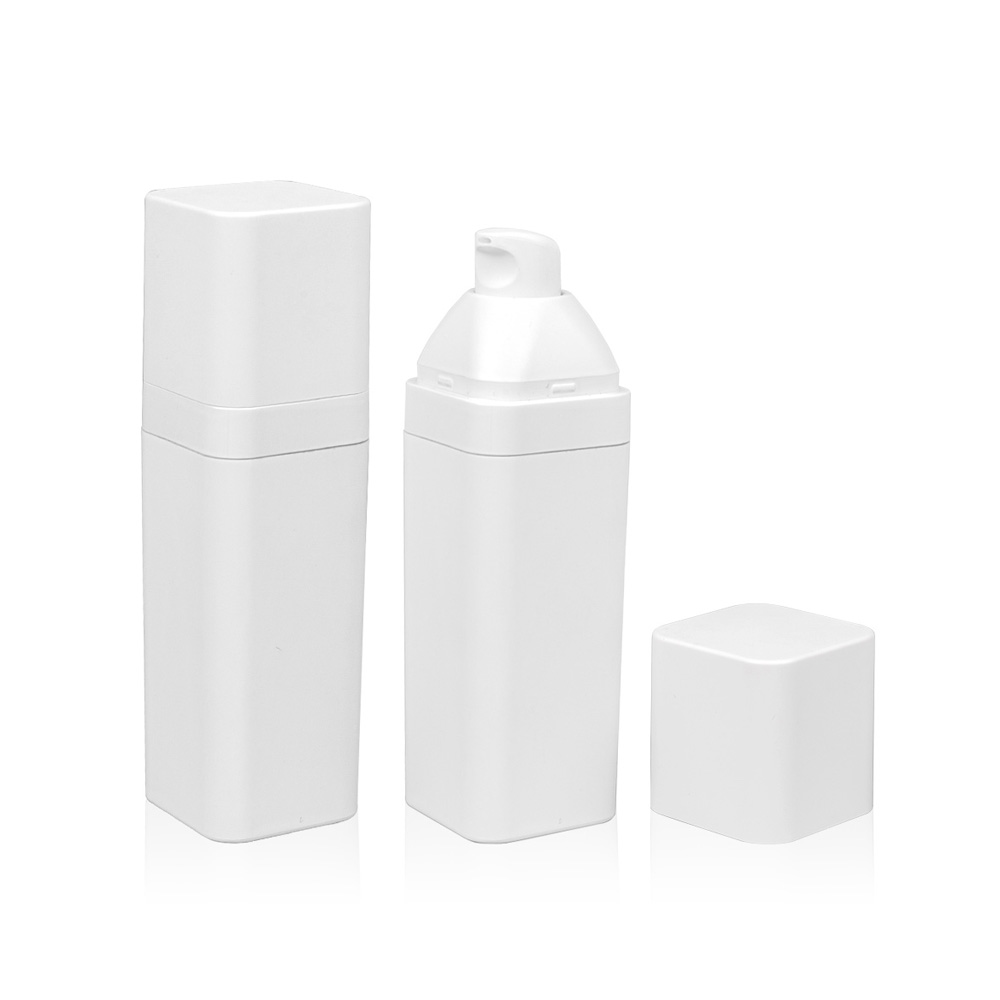In the cosmetics and skincare industry, packaging plays a critical role in preserving product integrity. Among various options, "press bottles" are widely used for their convenience, but not all of them qualify as genuine Airless Bottles.
What is an Airless Bottle?
An Airless Bottle is a specialized packaging system designed to dispense products without allowing air to enter the container. This mechanism helps prevent oxidation, contamination, and degradation of sensitive formulations, such as serums and creams.
Key Mechanisms of Airless Bottles
-
Piston-Based System: A piston moves upward as product is dispensed, creating a vacuum that eliminates air exposure.
-
No Air Intake Valve: Unlike some containers, Airless Bottles lack vents or valves that permit air to re-enter, ensuring a hermetic seal.
-
Product Protection: This design minimizes contact with external elements, extending shelf life and maintaining efficacy.
Differences Between Airless Bottles and Common Press Bottles
Common press bottles, often referred to as pump bottles or vacuum bottles, may resemble Airless Bottles in appearance but differ significantly in function. Understanding these variations is essential for accurate identification.
Types of Common Press Bottles
-
Pump Bottles: These use a spring mechanism to dispense product but often allow air to enter through a vent hole, potentially compromising contents.
-
Vacuum Bottles: While they may create a partial vacuum, some designs still permit air exposure during use, unlike true Airless Bottles.
-
Dispensing Mechanisms: Many press bottles rely on air pressure to function, which can introduce oxygen and contaminants over time.
Functional Distinctions
-
Air Exposure: Airless Bottles completely block air entry, whereas common press bottles may have air-replacement systems that expose product to oxygen.
-
Construction Materials: Airless Bottles typically feature a one-way valve and precision-engineered components to maintain airtightness, while standard press bottles might use simpler designs.
-
Performance in Preservation: Independent studies indicate that Airless Bottles offer superior protection against microbial growth and ingredient separation compared to non-airless alternatives.
How to Identify a True Airless Bottle
Distinguishing a genuine Airless Bottle from imitations requires attention to specific technical details. Below are objective criteria based on industry standards.
Key Indicators for Identification
-
Check for Vent Holes: Inspect the bottle for any visible air vents or holes; Airless Bottles should have none, as they operate without air intake.
-
Observe the Dispensing Action: When pressed, an Airless Bottle should dispense product smoothly without any hissing sound, which often indicates air entering in other systems.
-
Examine the Base Design: Many Airless Bottles have a flat, sealed base with a piston mechanism, while common press bottles might feature a separate air channel or diaphragm.
-
Review Product Specifications: Look for manufacturer descriptions that explicitly mention "Airless" technology, as reputable providers often detail the packaging mechanism in product documentation.
Additional Verification Methods
-
Consult Technical Data: Refer to industry resources or packaging suppliers that outline the engineering principles behind Airless Bottles, such as the absence of dip tubes or air-based pressure systems.
-
Test for Air Re-entry: In a controlled setting, dispensing product multiple times can reveal if air bubbles form inside the container—a sign of non-airless design.
In summary, not all press bottles on the market are true Airless Bottles. By examining mechanisms, construction, and performance characteristics, consumers and professionals can make informed decisions. This knowledge supports the selection of packaging that ensures product stability and safety, aligning with industry best practices.

 English
English 中文简体
中文简体 Español
Español عربى
عربى

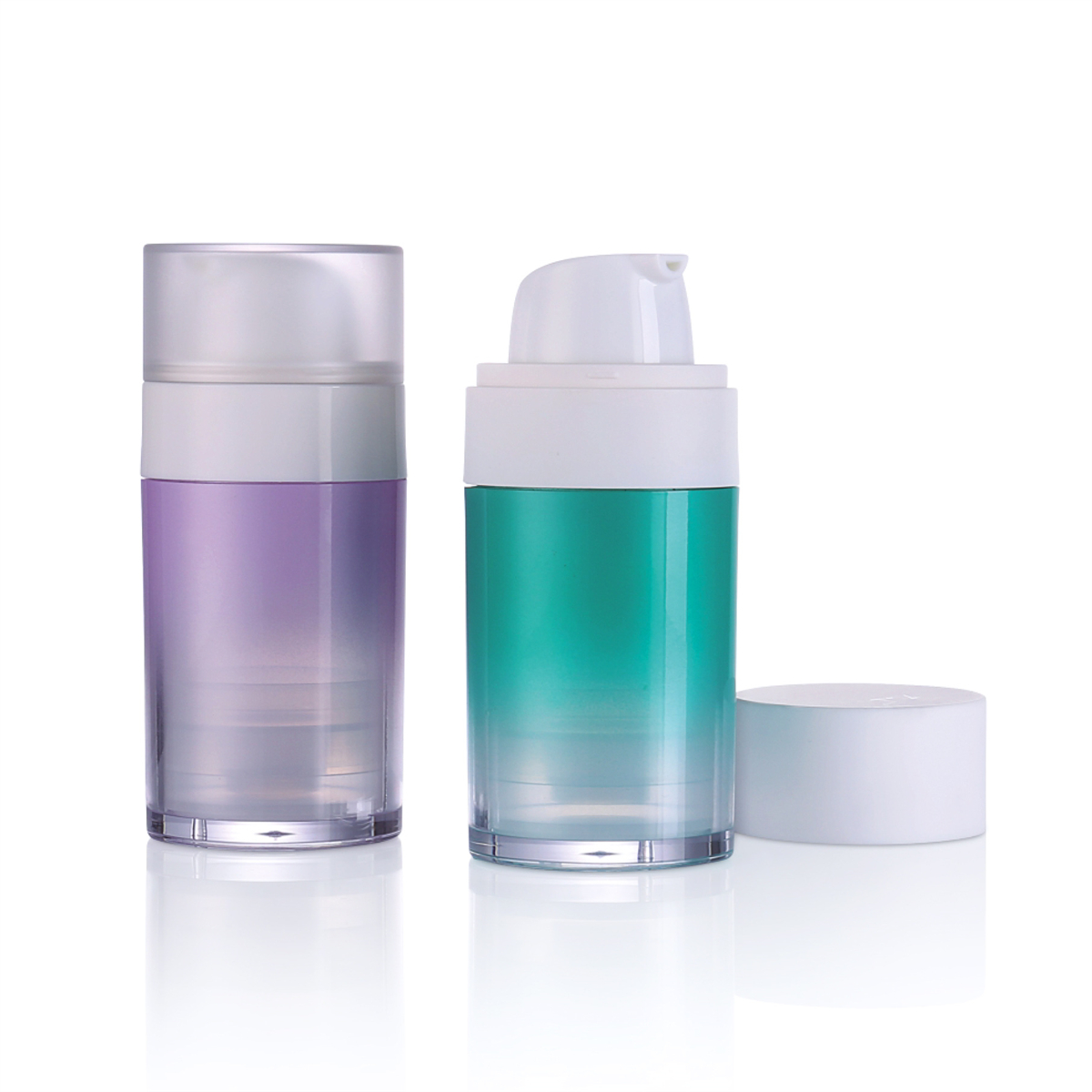

.jpg)
